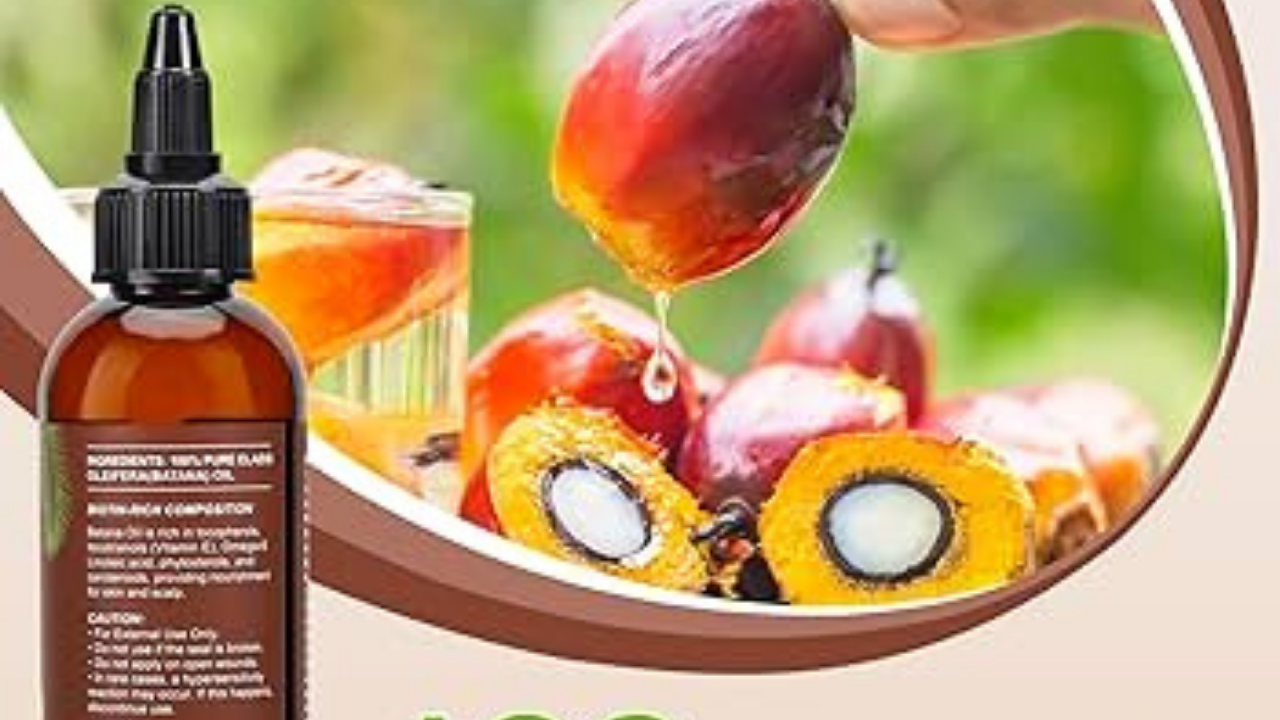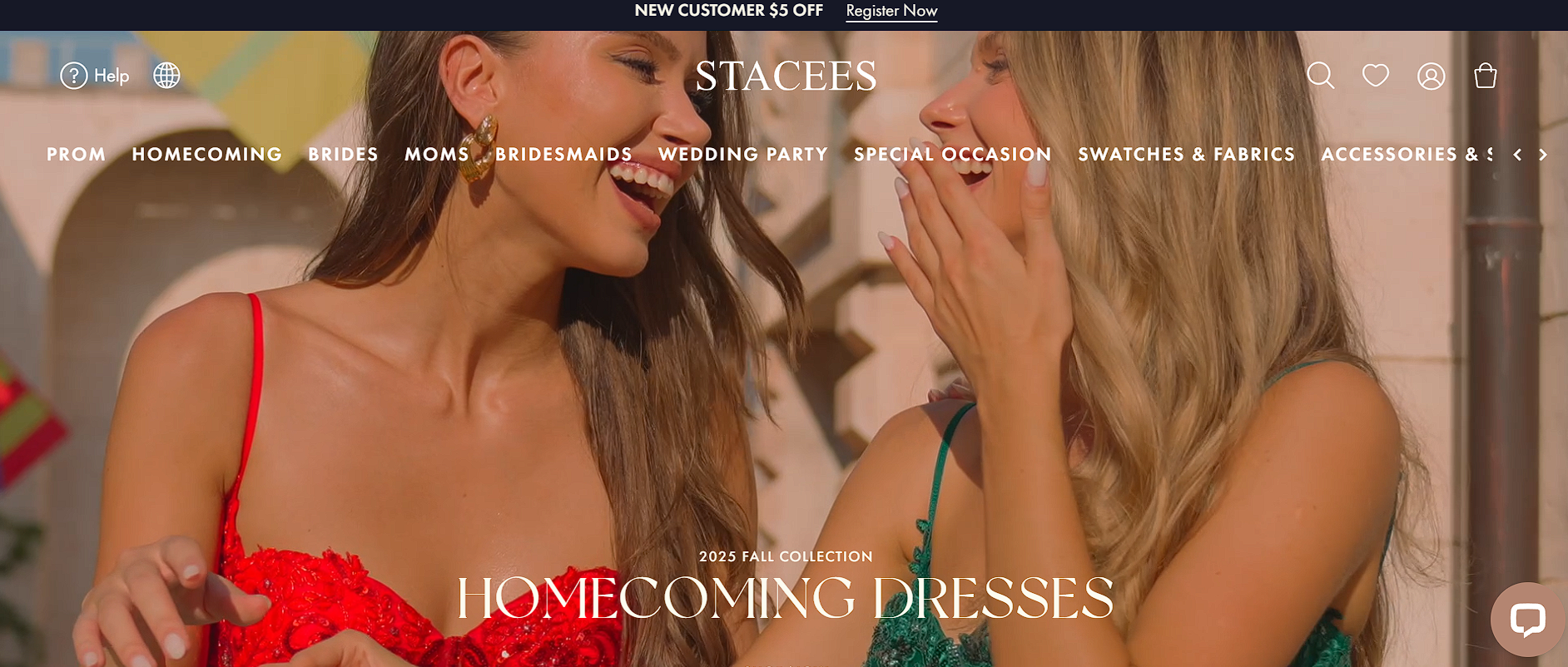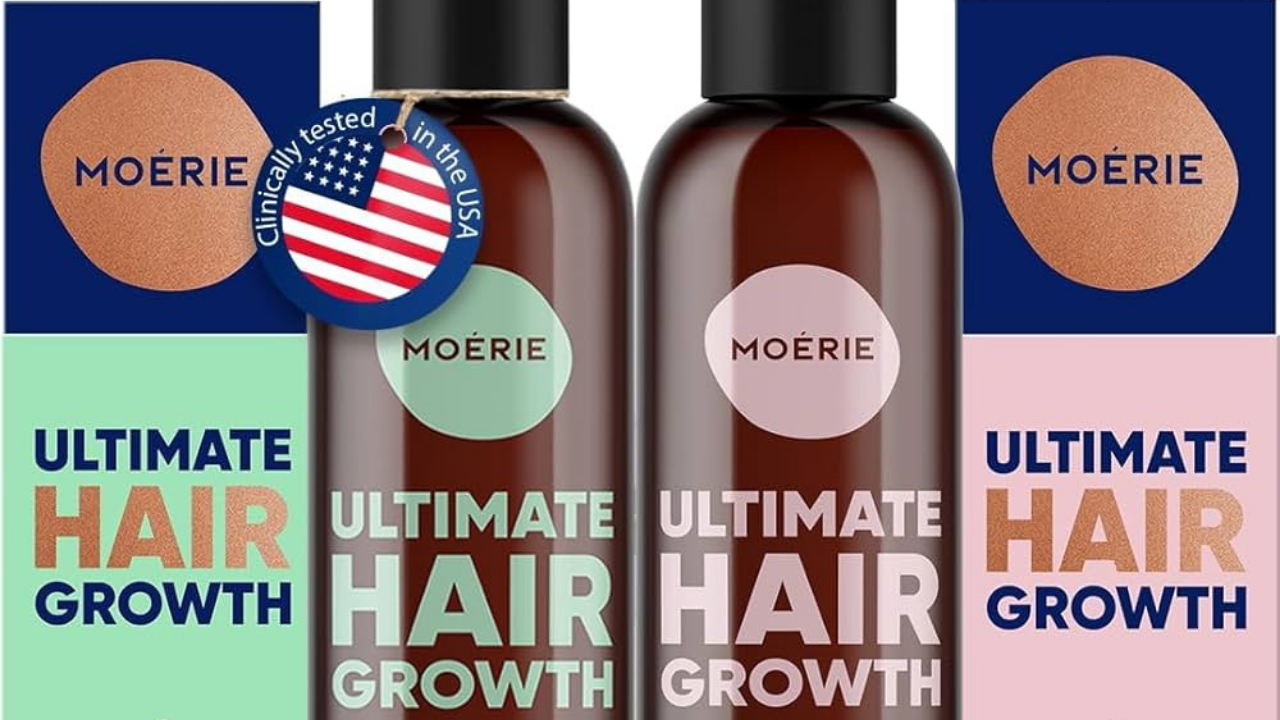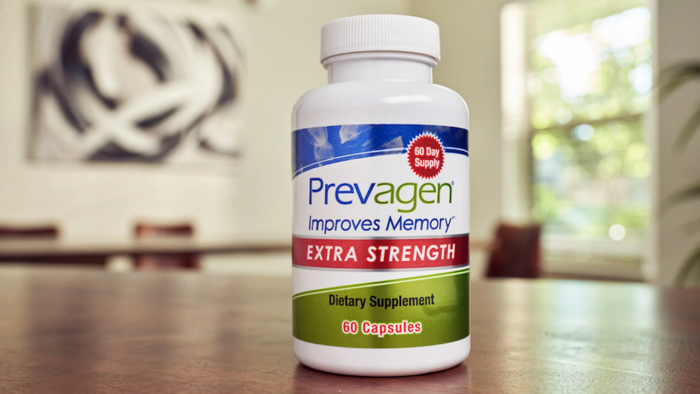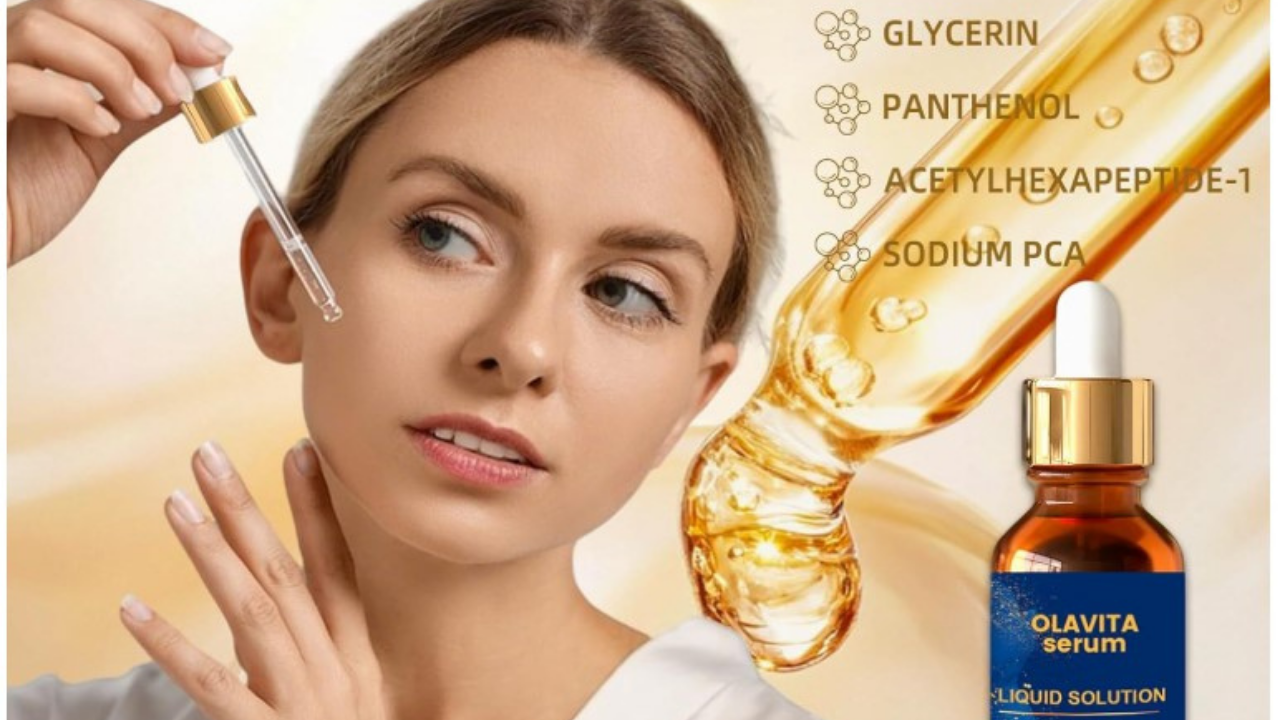Can Batana Oil Actually Help with Hair Loss?
Batana oil is increasingly talked about in beauty circles as a “miracle” for hair. But the real question is: does it live up to that reputation? In this article, I’ll dig into what batana oil is, what the evidence says, how people use it, what pros and cons to watch out for, what users report, and ultimately whether it deserves a place in your hair care lineup.
What Is Batana Oil?
Batana oil comes from the kernels of Elaeis oleifera, also known as the American oil palm. Traditionally used by the Miskito indigenous community in Honduras for hair and skin, it has gradually gained popularity outside that region as a “natural hair booster.”
The chemical makeup of batana oil is what gives it its appeal: it contains a blend of fatty acids (especially oleic and palmitic acids) along with antioxidants and vitamin E–type compounds (tocopherols and tocotrienols). These ingredients are associated with moisturizing, cell protection, and smoothing properties.
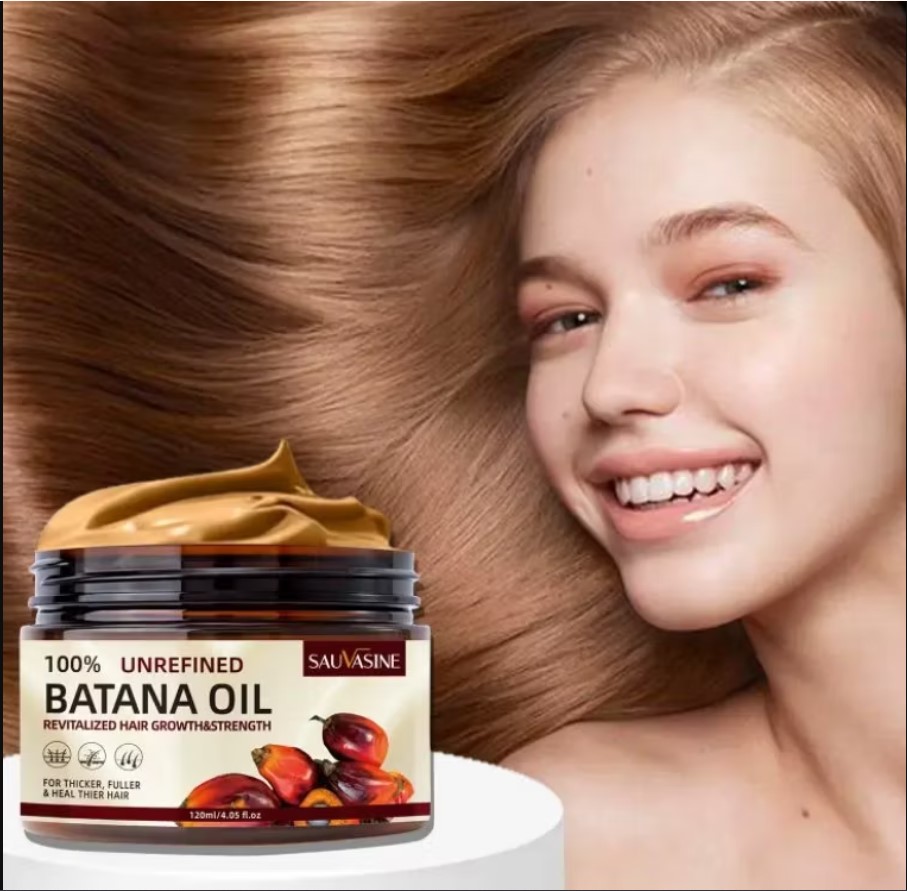
One challenge is that pure batana oil is quite dense and thick. Many users report needing to slightly warm or dilute it with lighter oils before applying it to hair in order to spread it effectively.
What the Evidence Says: Strengths & Limitations
What It Can Do (Plausible Benefits)
Although no strong clinical trial confirms it as a hair regrowth agent, batana oil’s components lend it potential benefits in maintaining hair health:
- Scalp hydration & reduced dryness — The fatty acids can form a light barrier that helps reduce moisture loss, which is especially useful for dry or brittle hair.
- Damage protection — Antioxidants in the oil may help neutralize oxidative stress on hair follicles or strands (though this is speculative without rigorous study).
- Improved hair texture and manageability — Many users say hair becomes softer, smoother, less frizzy, and easier to comb when using batana oil.
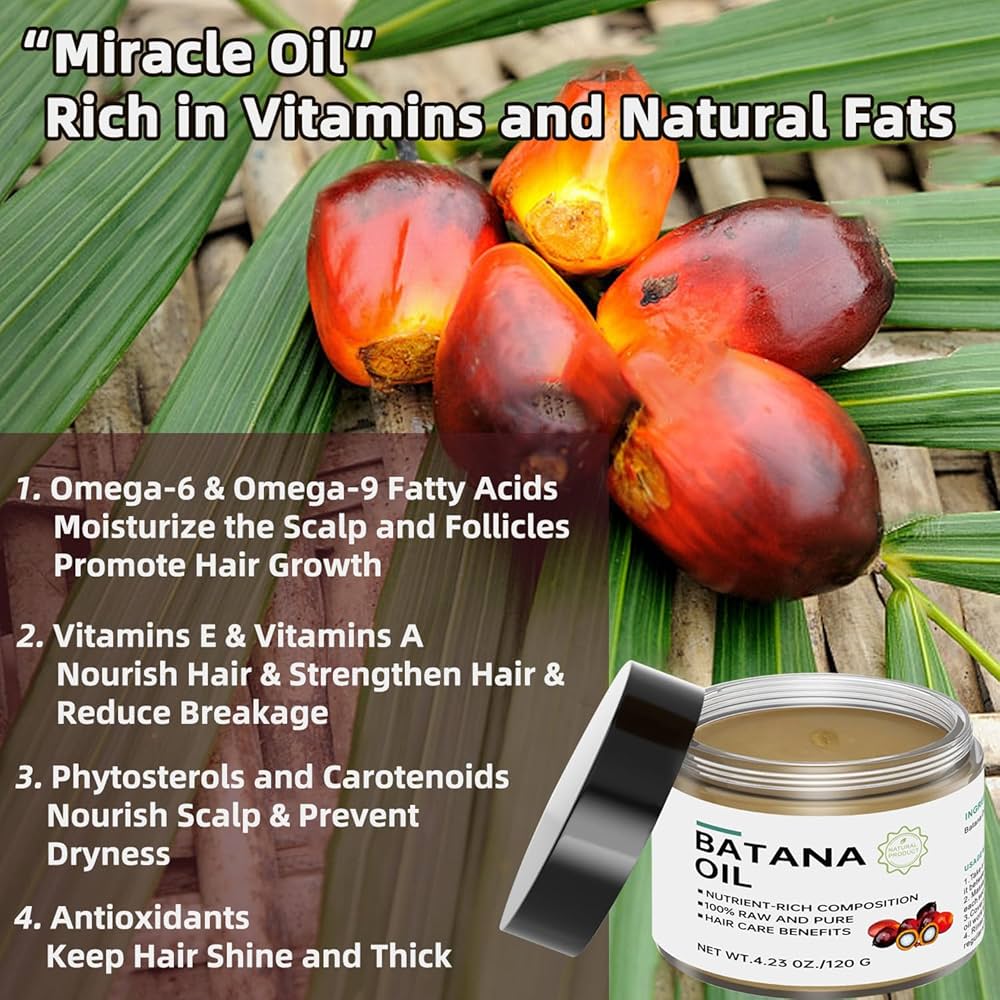
The kind of hair regrowth or halting of hair loss that marketing often implies isn’t backed by scientific proof. Clearly states, “There’s no evidence that batana oil can help with hair loss.”
Some oils do have more solid backing: for example, rosemary oil and pumpkin seed oil have shown potential to support hair regrowth in certain studies.
What It Likely Cannot Do
It cannot reliably reverse pattern baldness or revive dead follicles (no credible data supports this). It should not be your sole solution if you face significant hair thinning due to genetics, hormonal causes, or medical conditions.
Its thick nature means it may be too heavy for fine hair, and there’s a risk of pore blockage, irritation, or aggravating scalp issues (like dandruff or dermatitis) in sensitive users.
In short, batana oil may help hair look and feel better, but it does not substitute proven medical treatments for hair loss.
How to Use Batana Oil in Your Hair Routine
To get the best from batana oil (if you decide to try it), here’s how many users and hair experts suggest using it safely and effectively:
- Warm a small amount first: Because of its density, warming it helps ease application. You can melt it gently with body heat or put the container in a bowl of warm water.
- Scalp massage + fiber spread: Gently massage into your scalp first so you stimulate circulation, then work the remaining oil down the lengths of hair.
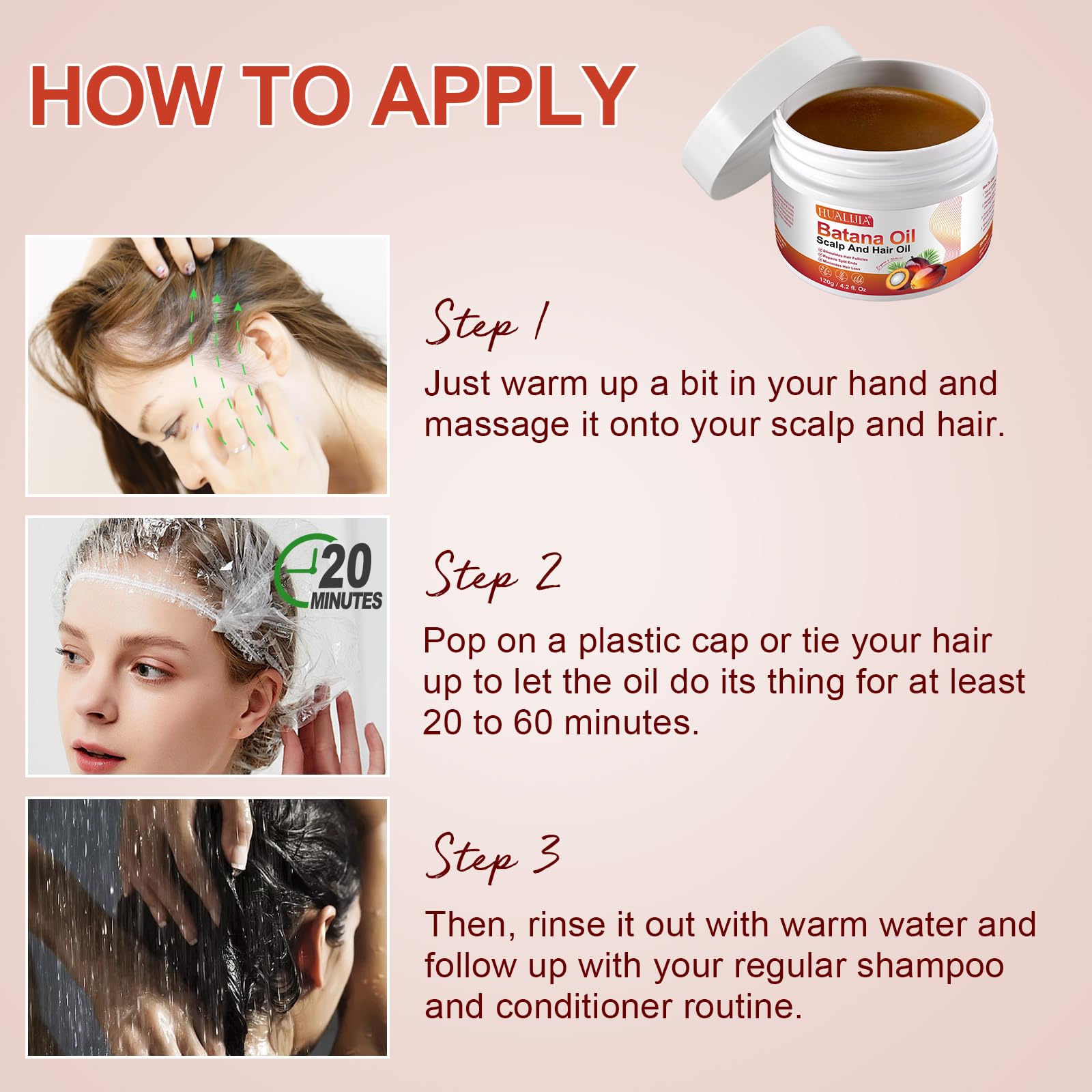
- Leave-on mask strategy: Many leave it for several hours, or even overnight, before shampooing. If your scalp is sensitive, start shorter (2–3 hours) and monitor for reactions.
- Use as a spot treatment for ends: Dry or split ends respond well to small dabs of the oil, helping reduce breakage.
- Dilution with lighter oils: Some mix batana with lighter oils (jojoba, argan, or coconut) to improve spreadability and reduce heaviness.
- Frequency: Twice or thrice a month often suffices for maintenance. If your hair or scalp is extremely dry, one treatment per week is sometimes recommended.
Also worth noting: cosmetic products (including beauty oils) are not evaluated by the U.S. FDA for efficacy before marketing. Always monitor your scalp, especially early on, for irritation or clogged pores.
What Users and Reviews Say
As with many natural beauty products, reviews are mixed, but several patterns emerge.
Positive themes:
- Hair felt softer after a few weeks. Reduced breakage, less frizz, and improved shine.
- “It lasts long, a little goes a long way.”
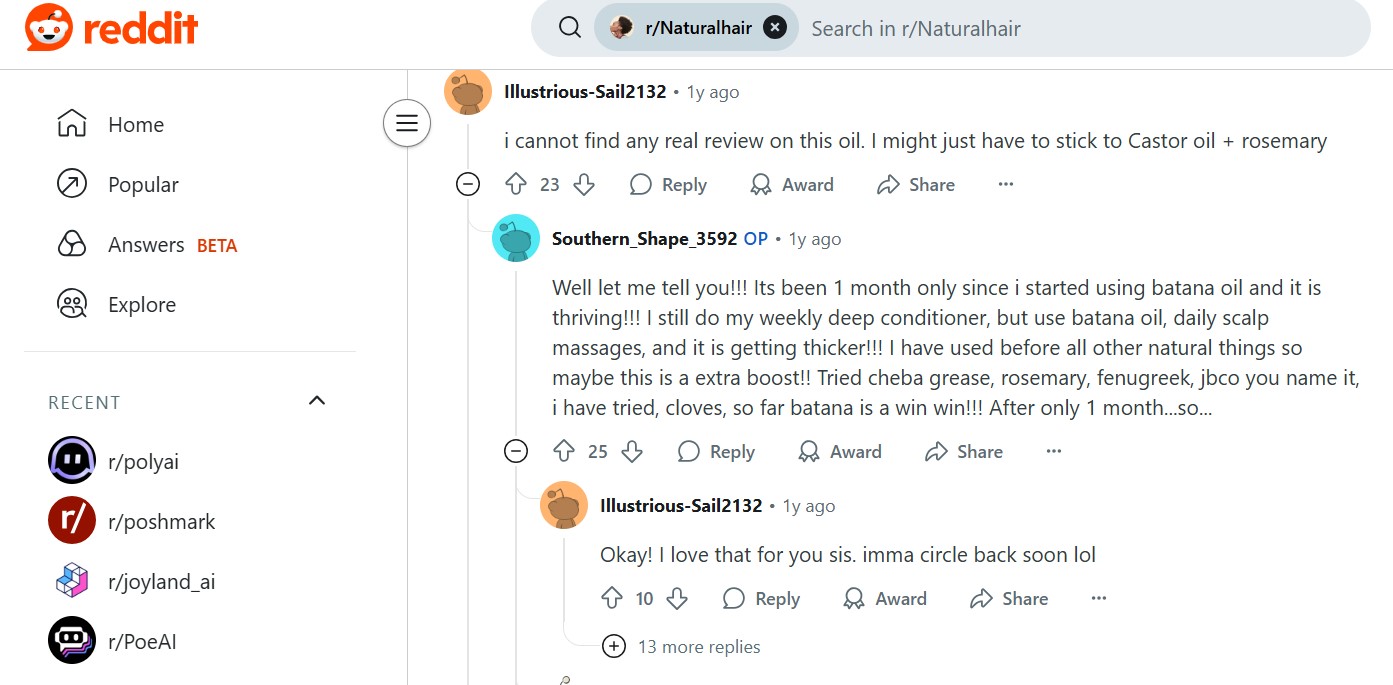
These types of comments are common in beauty forums and review platforms.
Cautionary feedback:
- Some mention heaviness or greasy residue, especially on fine hair.

- A fraction report scalp irritation, itching, or clogged pores when overused or left too long.
- Others say they saw no notable difference even after consistent use.
But remember: anecdotes are not data. They reflect individual experiences, which can be influenced by many variables (diet, genetics, hair habits, other products used).
How Batana Compares to Common Hair Oils
It helps to see batana in relation to more studied oils:
- Rosemary oil: Some small trials show rosemary oil can match minoxidil in supporting hair density over months.
- Pumpkin seed oil: Also studied, showing modest improvement in hair thickness in some trials.
- Coconut, argan, jojoba oils: Widely used for moisture and protection; their lighter texture makes them suitable for frequent use or finer hair.
In comparison, batana’s major edge is its richness and potential as a deep-conditioning, maintenance oil rather than a performance booster.
What About Cost and Sourcing?
Because batana oil is still niche, the price varies widely depending on sourcing, purity, packaging, and brand reputation. Premium versions (cold-pressed, unrefined, single-origin) command higher prices.But the prices usuallly start from 9$ upto 29 $ depending upon tyhe brand and quality.

Always look for transparency: what region the oil is from, whether it’s genuinely unadulterated, and whether third-party lab tests exist. Avoid overly cheap blends that may mask batana with cheaper fillers.
Our Verdict
If someone asked me whether to include batana oil in their routine, here’s what I’d honestly advise:
Go ahead and try it especially if your hair is dry, brittle, or in need of deep conditioning, but do so with realistic expectations. Batana oil is unlikely to be the silver bullet for hair regrowth, but it may bring softness, manageability, and reduced breakage when used judiciously.
If you have existing hair loss or thinning concerns, treat batana oil as a supportive option, not your main course. Use it alongside evidence-backed treatments (after consulting a dermatologist), monitor your scalp carefully, and give it several weeks to assess effects.
